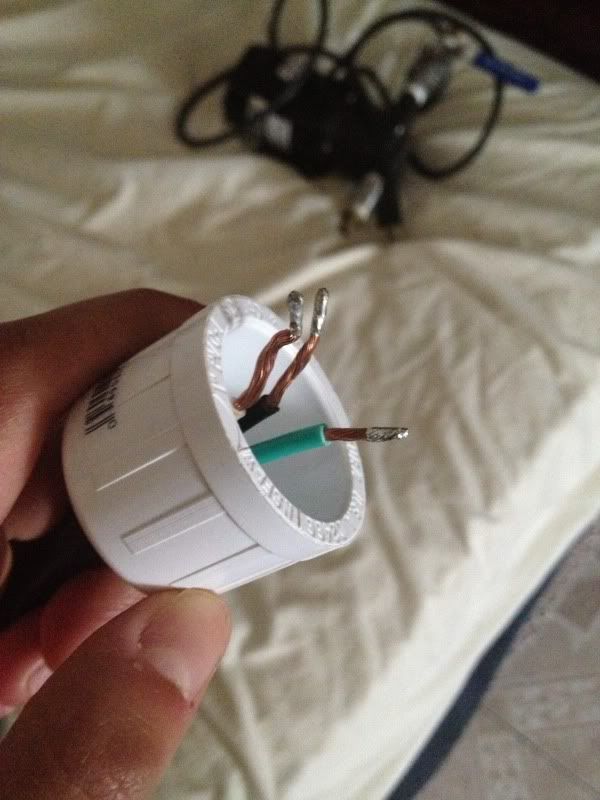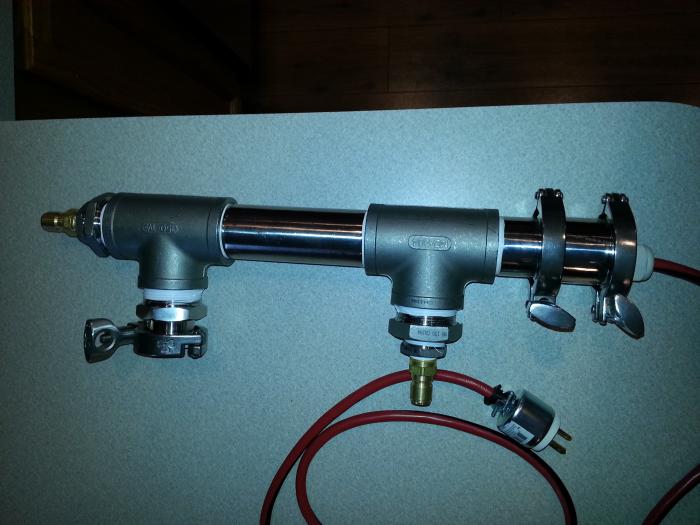Did you get everything set up and working? Curious about the heatsink being mounted on the outside of the panel.
I did get everything hooked up and ran a test with water. Just gotta get a recipe together and pick a day! I will post some photos when I can.
Sent from my iPhone using Home Brew















































![Craft A Brew - Safale BE-256 Yeast - Fermentis - Belgian Ale Dry Yeast - For Belgian & Strong Ales - Ingredients for Home Brewing - Beer Making Supplies - [3 Pack]](https://m.media-amazon.com/images/I/51bcKEwQmWL._SL500_.jpg)












